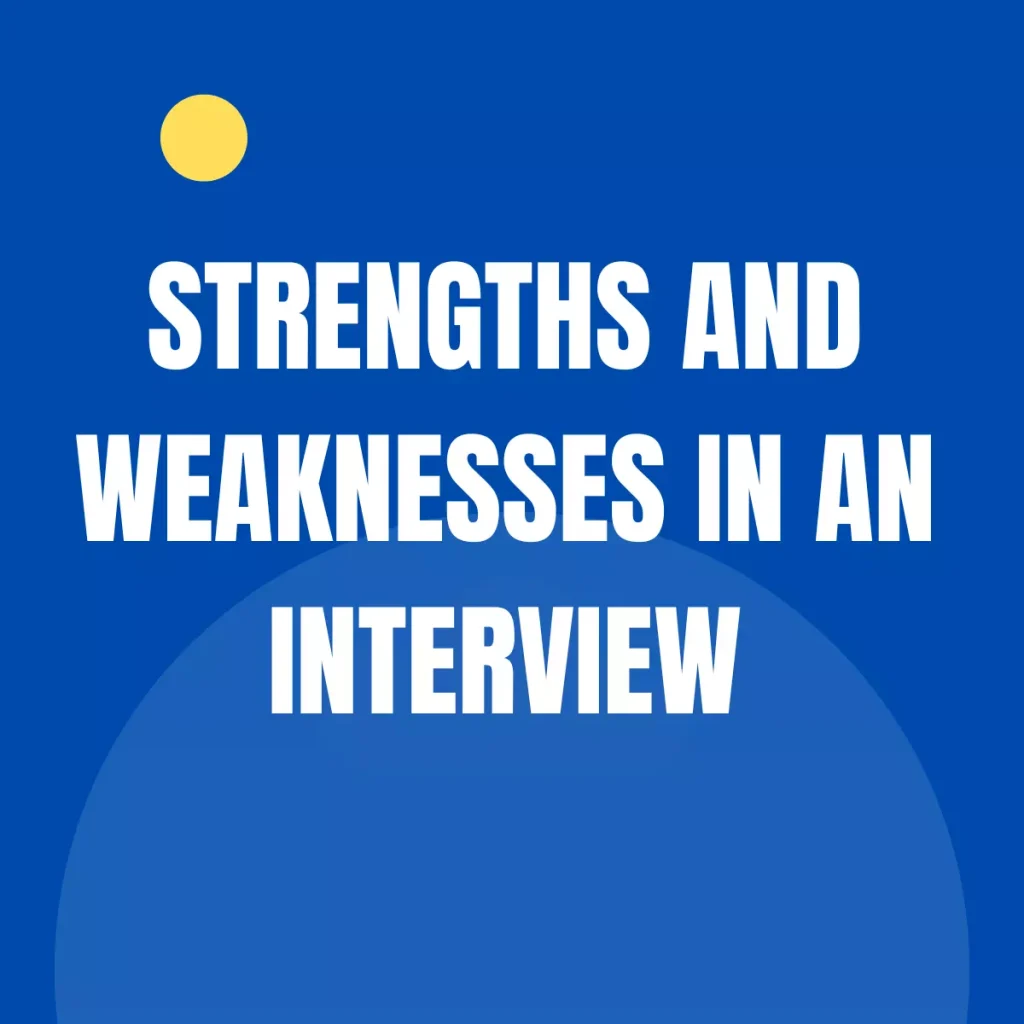
Introduction
Creating a resume for a sustainable environmental engineering position requires careful attention to detail and a comprehensive understanding of the skills and qualifications that are pertinent to the field. This blog post aims to provide guidance and answer frequently asked questions regarding the creation of a resume for sustainable environmental engineering professionals. By following these tips and guidelines, you can increase your chances of securing a position in this rewarding and impactful field.
FAQs about Creating a Resume for Sustainable Environmental Engineering
1. What should be included in the resume’s header?
The header of your resume should include your full name, contact information, and any professional designations or certifications. Make sure to use a professional email address and include links to your LinkedIn profile or personal website if applicable.
2. What format should I use for my resume?
A chronological resume format is typically the most suitable for sustainable environmental engineering positions. This format organizes your work experience in reverse chronological order, emphasizing your most recent and relevant roles.
3. How should I highlight my education?
Include your educational background in a dedicated section, listing the institutions, degree(s) earned, and graduation dates. If you had outstanding academic achievements, such as scholarships or honors, be sure to mention them.
4. What skills should I emphasize in my resume?
Key skills to emphasize in your resume for sustainable environmental engineering include technical abilities, such as proficiency in environmental modeling software, data analysis, and laboratory techniques. Additionally, highlight your problem-solving, communication, and project management skills.
5. How should I describe my work experience?
When describing your work experience, focus on quantifiable accomplishments and highlight any projects or initiatives you contributed to that had a positive impact on sustainability or the environment. Use action verbs and provide specific details about your responsibilities and achievements.
6. Should I include a summary or objective statement?
Including a summary or objective statement is a personal choice. However, it can be beneficial by providing a concise overview of your professional background and goals. Tailor this statement to emphasize your expertise in sustainable environmental engineering.
7. Is it important to include relevant certifications or licenses?
Yes, including relevant certifications or licenses is crucial. Some certifications that may be valuable in this field include the Leadership in Energy and Environmental Design (LEED) certification or the Professional Engineer (PE) license.
8. Should I include a technical skills section?
Yes, including a technical skills section is recommended. This section allows you to highlight your proficiency in technical tools and software relevant to sustainable environmental engineering, such as AutoCAD, GIS, or climate modeling software.
9. Is it necessary to include references on my resume?
It is not necessary to include references on your resume. Instead, create a separate document with references and have it prepared to provide upon request. Make sure you have obtained permission from your references beforehand.
10. How long should my resume be?
Ideally, your resume should be one to two pages long. Focus on including relevant and impactful information while keeping it concise and easy to read. Tailor the content to the job description and remove any unnecessary details.
Conclusion
Creating a successful resume for a sustainable environmental engineering position requires a careful balance of emphasizing relevant skills and experiences while demonstrating a commitment to sustainability and environmental stewardship. By following the tips and guidelines presented in this blog, you can increase your chances of standing out as a qualified candidate in this rapidly growing and influential field. Remember to tailor your resume to each specific job application, showcase your accomplishments, and highlight your dedication to sustainable practices.




